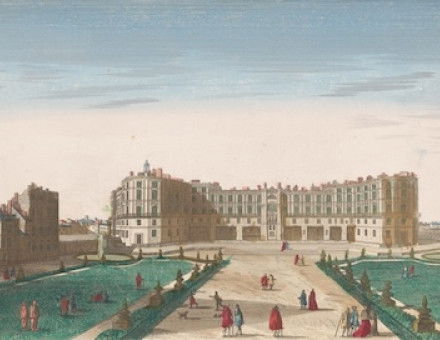The Caoutchouc of Commerce
Hugh Latimer unearths the role of the rubber plant in the story of empire and Malayan nation-building.
Though historians agree that Columbus, when he visited Haiti, found the Indians playing with a ball of vegetable matter derived from a tree, the history of rubber as a commercial product dates back only some hundred and fifty years. True, in 1755, Dom Jose, King of Portugal, sent several pairs of boots to Para in Brazil that they might be covered with “gum elastic.”. But to a Frenchman, M. le Condamine, belongs the honour of first importing latex into Europe. A few years later, Dr. Joseph Priesdey introduced the finished product into England, where it was employed as an eraser. “Indiarubber” it therefore became in English, but remained “caoutchouc” (a transcription of the word used to describe it by the South American Indians) in most other European languages.





